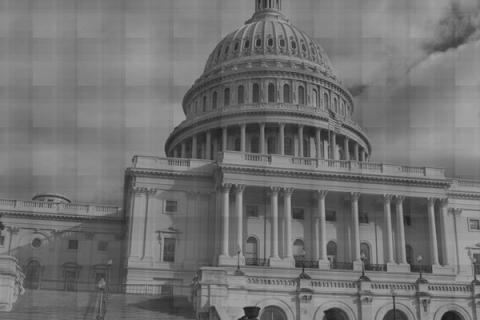
At the end of August the Congressional Budget Office added its voice to a growing list of economic analysts who are predicting an up turn in economic growth over the next four years. This prediction comes hot on the heels of a report issued by Moody's Analytics earlier in August which made similarly optimistic observations on our four-year economic outlook. In addition, Macroeconomic Advisers delivered a similar report in April of this year.
So just how much economic growth can we expect over the course of the next four years? If you ask Moody's Analytics or Macroeconomic Advisers, 12 million jobs will be added. This figure differs slightly from the number put out by the Congressional Budget Office in the end of August, in which they predicted that the economy will grow to add 9.4 million jobs by the end of 2016. The number is lower, but still incredibly significant given that the CBO is only allowed to make outlook predictions based on laws that are currently in effect or are planned to go into effect, making their numbers much less speculative.
What does this mean? It means that the CBO is predicting that the economy will grow a healthy amount over the next four years, even if Congress and the president let us go over the metaphorical "fiscal cliff" in January. The "fiscal cliff" is an aptly named event that is set to take place at the end of this year. The term describes an economic puzzle in which U.S. lawmakers must decide if they will let the planned tax increases, and spending cuts to social programs go into effect. The problem is twofold: if they choose to stop the planned spending cuts and tax increases from going into effect, they could potentially slow economic growth and further damage the economy. However, if they chose to cancel these spending cuts and tax increases they would add substantial amounts to the federal deficit, and risk pushing us deeper into a crisis that is increasingly similar to that of Greece and Europe.
According to the CBO, if the new budget measures are avoided and we continue on our current course, which they have outlined as an "Alternative Fiscal Scenario", deficit added by the federal government would be significantly higher, in fact by 2022 the amount of debt held by the public would reach 90%- the highest it has been since the period immediately following World War 2. The trade-off would be greater economic growth in the short-term and the possibility of further reducing unemployment over the next four years. In all likelihood, what will happen as we approach the end of this year is a set of stop-gap measures until Washington can come to an agreement on where cuts should be made, as party leaders on both sides of the aisle willingly admit to the fact that they dislike the mandatory cuts.
Some specific changes that would take place at the start of the new year would be immediate reductions in all mandatory and discretionary spending, which includes defense spending. Elements of the Unemployment Insurance Reauthorization, the Job Creation Act of 2010, and the Tax Relief act are set to expire, all of which extended reductions in tax rates and offered greater tax credits and deductions. The changes would also bring reductions in Medicare's payment rates for physicians', as well as ending extensions to emergency unemployment benefits and breaks in the payroll tax for social security.
So what can we take away from this abundance of data? Expect the continued slow growth through 2012 and into the start of 2013. Business owners will be taking a conservative stance approaching the end of the year until Congress reaches an agreement on the "fiscal cliff", which will have wide-reaching implications for small businesses across the country. It is likely that despite whoever takes the White House in the coming election, they will be credited as the leader who brought about the economic recovery that Americans have been waiting for. And make no mistake, both camps are well aware of this fact, they understand the stakes, and some have preemptively started taking credit.
